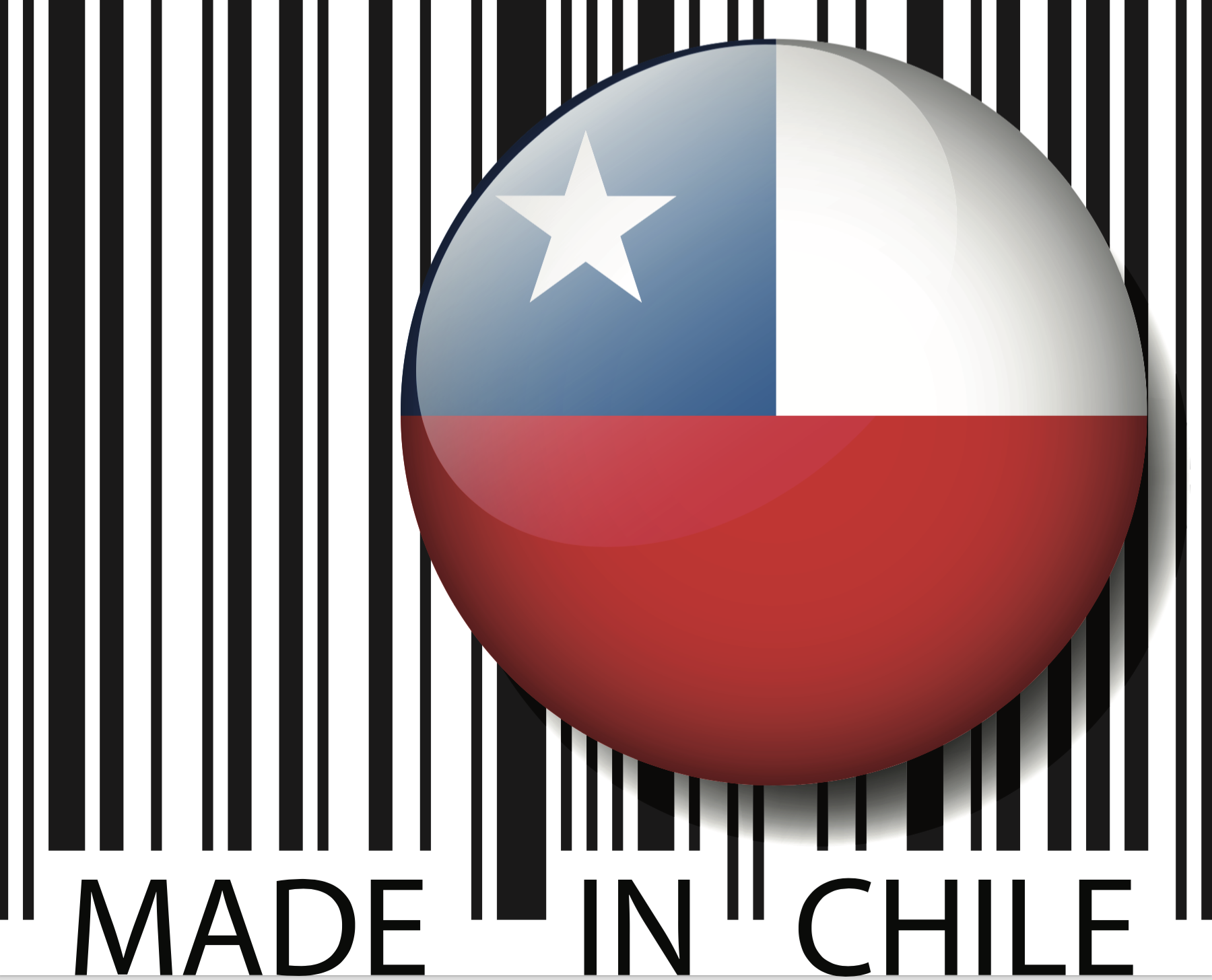Top Wine Regions of the World: Chile
Blessed with a Mediterranean climate similar to France or California, Chile has the added advantage of being south of the equator. That puts their summers from November to March, allowing them to harvest wine during the off-season of many other countries. Time shifting allows them to satisfy the market when others can't.
This has served Chilean wine producers well since vineyards were first planted in the mid-16th century. By the mid-18th century the country saw the importation of Cabernet Sauvignon and Merlot. Regrettably, by the mid-20th century the industry was stagnant, producing inferior wines. But a 21st century renaissance has seen vintners produce world class wines again, taking several major prizes in recent years.
The country is divided, like France's appellations, into several viticultural regions running north to south along this sliver of land in South America. Some lie in the fertile central plain 750ft (229m) above sea level, others are closer to the famous Andes. The area has seen superior growth in recent years, growing from only 12 wineries to over 70.
Blessed not only with good weather but, because of its unique geography, the region has never been affected by the Phylloxera louse that devastated so many European vineyards. When France and others looked to rebuild in the 1870s, they imported much of their stock from Chile.
Not only is the weather similar to France, but many of the names would be immediately recognized by vintners there. Pinot Noir, Cabernet Franc, Semillon, Sauvignon Blanc, Chenin Blanc, and others. German varieties are represented too: Gew¸rztraminer and Riesling are plentiful.
The reds of Chile have in many cases (pun intended) become the country's most notable exports. Chile is the fourth largest exporter of wine to the United States. A significant distinction, considering the U.S. has an enormous wine industry of its own. As long ago as 1998 it passed 5.3 million bottles and has continued to grow since.
Many of these premium wines come from vineyards sited in cooler areas with poorer soils. Along with modern pruning techniques, the result concentrates the flavors. Adding stainless steel fermenting tanks alongside French oak barrels has brought Chile's wines to the pinnacle of world winemaking.
In the Apalta Valley, for example, conditions are ideal for Merlot, Syrah, and other favorites of the California market. Produced from grapes grown on 50-year-old vines in sandy soil, it competes with the best anywhere. Those seeking a superior, full-bodied wine will look for the Montes Alpha 'M' designation.
While still small in size, at around 2,500 hectares (6,200 acres) total under cultivation, Chile can still produce one of the finest Syrahs anywhere. The peppery product from the cooler Elqui Valley is the envy of vintners from Australia to California. The warmer, southern Colchagua region offers a fruity version that competes well with those of the Hermitages of France.
With the shackles of its past now receding from memory, Chile is well poised to take its proper place among the major quality producers of the world.

Hi! I am a robot. I just upvoted you! I found similar content that readers might be interested in:
https://world-food-and-wine.com/wine-in-chile